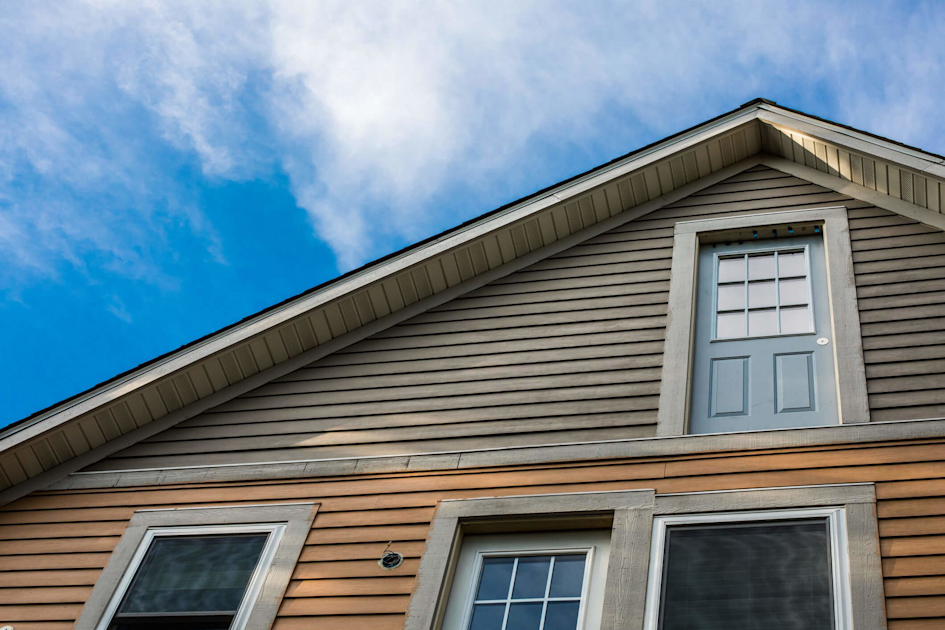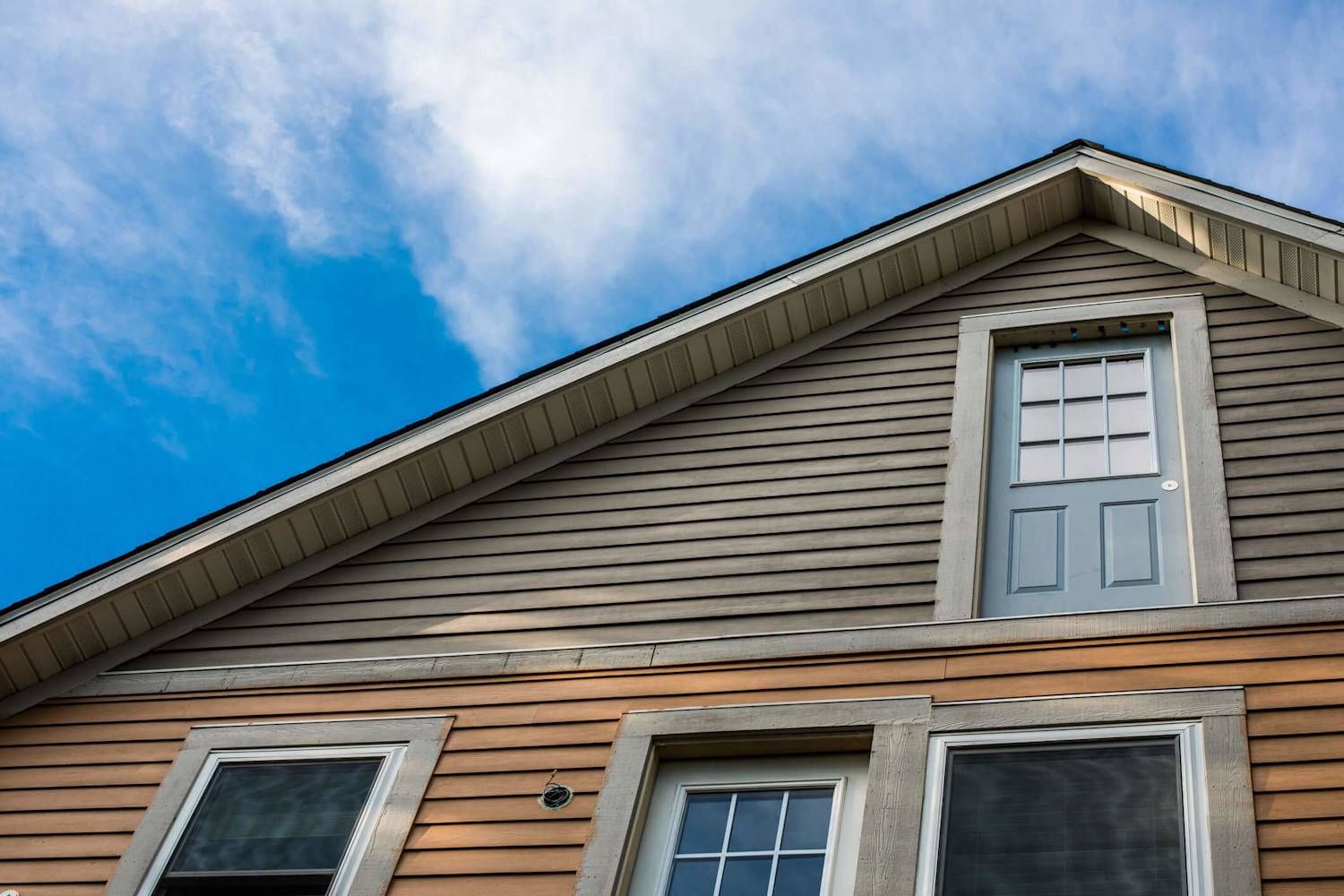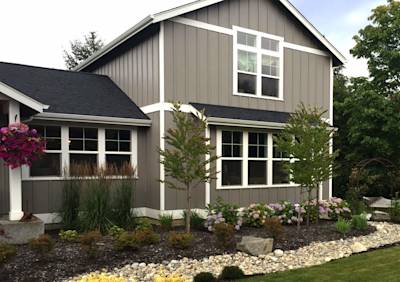Your chore list and budget don't always mesh. Homeowners with a little know-how about replacing wood siding can cut back on their budget.
Everyone loves to save a few bucks on home improvement plans.
It'd be nice if every time you replaced the wood siding, it was in decent condition. Truth be told, you need to look forward to quite a bit of wood rot and work.
Where do you even start with solving wood rot problems? First, identify the problem. Then you just need to grab a few tools and get to work.
This guide will walk you through the basics. If you start working and think you're in over your head, stop. Call in professional to help.
If installed correctly, wood siding will last decades. A professional installation will ensure that happens. Keep reading to learn more.
How to Spot Wood Rot
Wood rot often goes undetected until it is too late. The earlier you catch wood rot, the less siding you need to replace.
Keep an eye out for unwanted guests like ants or termites. These pests not only exploit holes in the siding but destroy woodwork inside as well.
Walk the perimeter of the house. Are there any cracks in the siding? Any mold?
Also, make sure to note any areas with peeling paint. It could signal that water runs behind the siding.
To test if a piece of siding has wood rot, all you need is a pen. Press it into a discolored spot on the siding. If it is soft, that's a sign the siding is damaged.
As you test, mark where the siding needs replacement boards. This will make the replacement job much easier.
Tools for the Job
To make the replacement job go smoothly, have all your tools and supplies ready to go.
Items you'll need to replace wood siding:
- Dust mask
- Safety glasses
- Tape measure
- Utility knife
- Hammer
- Pry bar
- Multi-tool fitted with a wood blade
- Pencil
- Electric miter saw
- Speed square
- Replacement siding board
- Exterior caulking
- Siding nails - 1 3/4 inches long
- Primer and paint
Check the weather before you plan this project. Don't want it to rain on your fresh siding before it's painted.
Removing Rotted Wood Siding
Keep in mind that what you think is a minor repair may end up being a big one. Until you remove some of the siding, you won't know the full extent of the wood rot.
The key to making the patching process easy is patience. If you are patient and ease the old siding board out, you can use it to help later. Taking the guesswork out of measuring makes the job go faster.
Grab Your Pencil
Go back to the marks you left on the siding. Measure each section you want to replace a foot wider than the damage.
Use the speed square to mark a straight vertical line. Make the line nice and dark. This is where you'll cut the board.
Free the Damaged Siding
Using the utility knife, cut out the caulking and paint around the damaged board. Make sure you cut deep to break the bond. Otherwise, you can't get the board off in one piece.
Make sure you put on your safety gear for this next part.
Saw off the Rotted Siding
Grab the multi-tool with its wood blade. Following the vertical marks you made, cut through the damaged wood siding.
Don't cut too deep. You might take a chunk out of some of the support systems.
Prying the Wood Siding Loose
Now is the step when you want to practice patience.
Grab the pry bar and wedge it into the gap between the boards. Give it a good wiggle. If the wood rot is bad around the nail holes, be gentle.
The nail heads should pop up a little bit. Slide the hammer's claw under the nails and pull them free.
Remember, you want to do as little damage to the surrounding boards as possible. With the nails gone and caulk cut away, the board should slide free.
Wood Siding Repair Made Easy
While the siding is off is a great time to check for deeper signs of wood rot. There's no use covering rotting supports. Contact a siding replacement professional for help with complicated wood siding replacements.
Cut the New Siding
With any luck, the siding board came off in one piece. Lay this board over your new board. Use it as a template to mark your cuts for the replacement siding.
On the miter saw, cut the replacement siding down to size.
Securing the Wood Siding
Slide the new piece of wood siding into place. Make sure the board lays flat and fits under the board above it correctly.
Grab the 1 3/4 inch nails. Use the old nail holes on the bottom of the board above it to secure the new siding. Add a few reinforcement nails, just in case.
Along the bottom half-inch of the new board, drive in a handful of nails. Don't go any higher or the siding won't attach to its neighbor correctly.
Finishing Touches
The good news is the hard part is finished. Now you just need to make the new wood siding match the old, rotten wood siding.
To ensure water can't get in to rot the siding again, you have to seal it. Use outdoor caulk to close all the seams around the replacement siding.
Remember to use your finger to coax the caulk into the seams.
Allow the caulk to cure fully. Once it's ready, give the siding a coat of primer. New wood siding usually needs two coats of paint after the primer for full coverage.
Need Help With Wood Siding Repairs?
For small wood siding repairs, going the DIY route will save you quite a bit.
But you should prepare yourself for the worst before you cut into the siding. Often wood rot is far worse than it appears on the outside.
If your DIY job turns out to be a wood rot nightmare, don't worry. GVD Renovations & Remodeling is here to lend a helping hand.
Contact us today to schedule a complimentary consultation.
This article is for general information only and not professional advice. Always consult a licensed contractor before making project decisions. Product details, specifications, or warranties may have changed since publication. Brand and product mentions reflect opinion, not endorsements or guarantees.
Tags: wood siding, t1-11 siding, rotten wood siding, siding damage, siding repair,












